What are Miner Fees and Gas Fees?
1. What are Miner Fees and Gas Fees?
2. Why is Gas Needed?
3. Gas Price and Gas Limit
4. How to Calculate Gas Fees
5. Why Are Gas Fees So High?
6. How to Improve?
Conclusion
Popular Articles

What Is Liquid Staking and How Does It Work?
Traditional crypto staking forces you to lock up your assets for months, leaving you unable to trade or use them elsewhere. Liquid staking changes this by letting you earn staking rewards while keepin

What is Rayls (RLS)?A Complete Introduction to Blockchain for Banks
Key Takeaways1)Rayls is a blockchain built specifically for banks and financial institutions, enabling compliant, private, and scalable on-chain financial services.2)It unifies TradFi and DeFi by comb

What is MEXC DEX+? Complete Trading Guide for DEX Aggregator
Key Takeaways:MEXC DEX+ combines centralized exchange convenience with decentralized trading access across four major blockchain networks.Trade over 10,000 tokens without managing private keys or
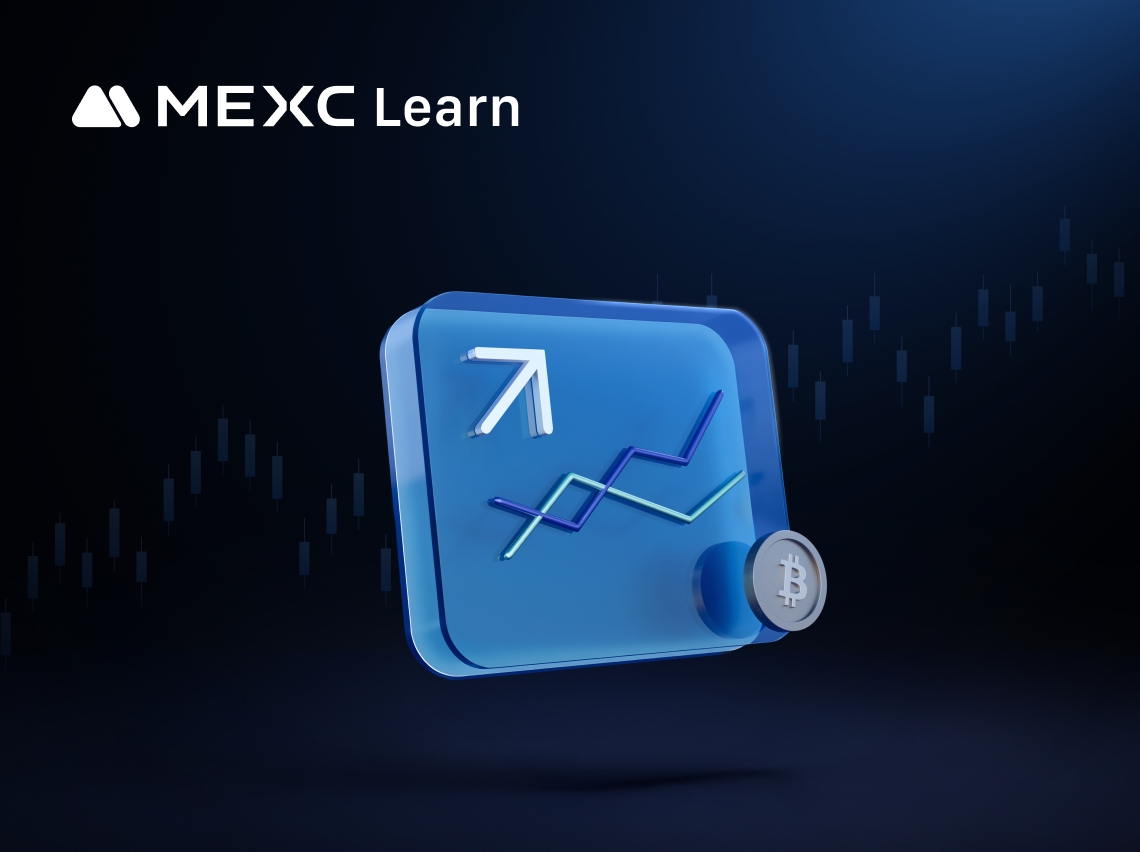
Calculation of Futures Yield and Trading Fees
When trading futures on MEXC or other major exchanges, your trading PNL is based on three components:Trading Fees: The cost incurred during the transaction.Funding Fees: Periodic settlements based on
Hot Crypto Updates
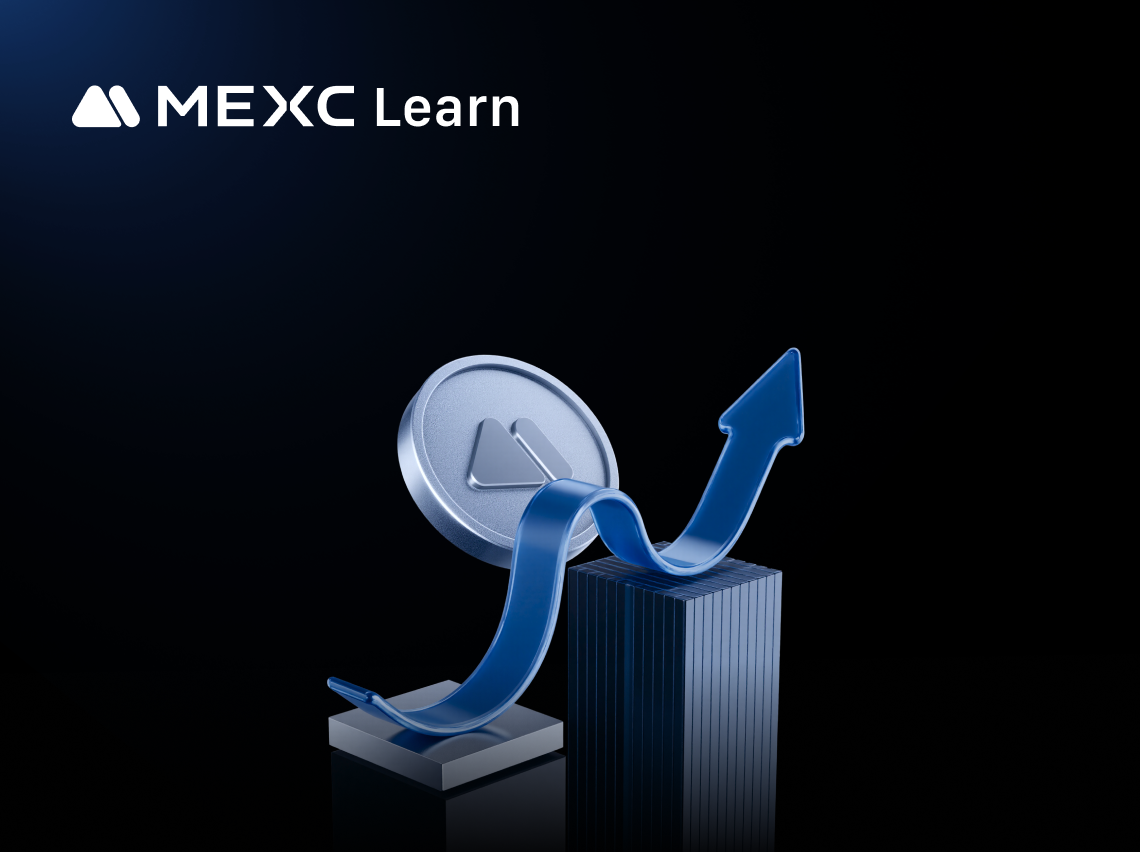
Nine-Figure Net Worth: The New Milestone in Wealth Creation
The concept of nine-figure net worth, ranging from $100 million to just under $1 billion, marks a critical threshold in the modern economy distinguishing ultra-high-net-worth individuals (UHNWIs) from
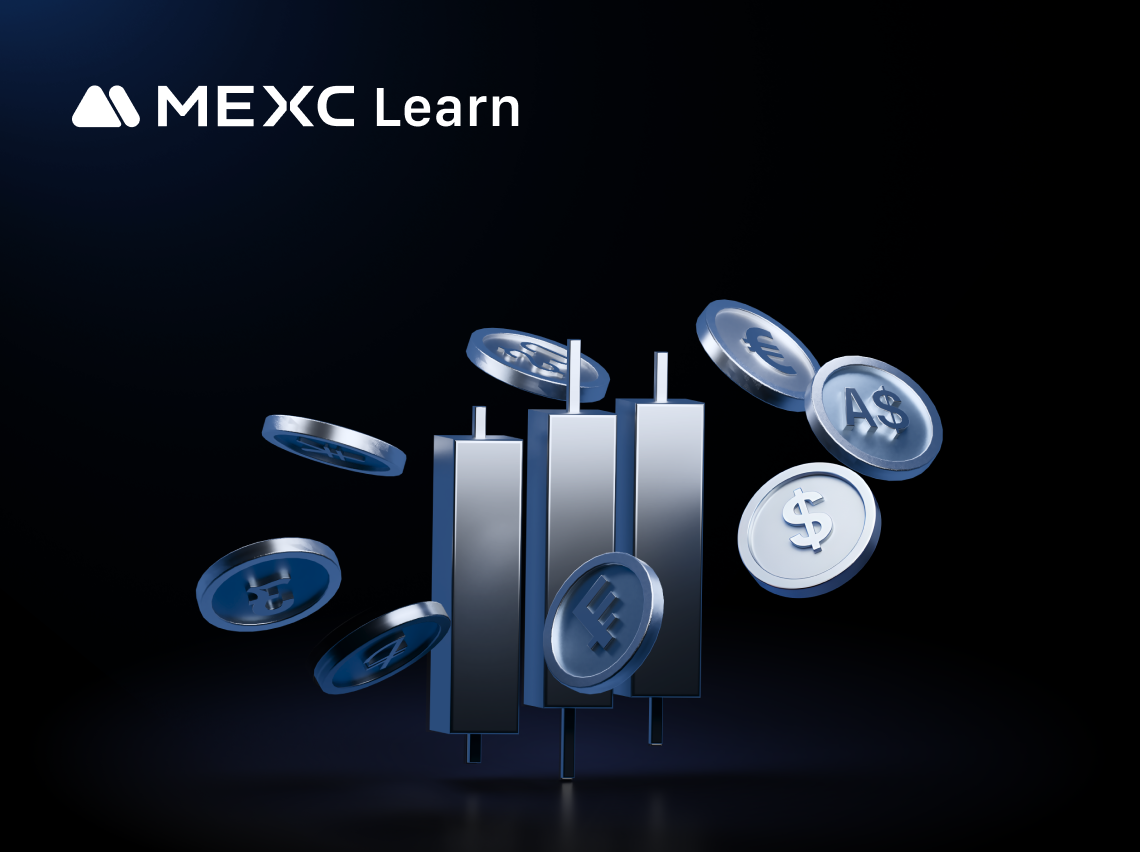
Dogecoin (DOGE) Bullish Price Prediction
Introduction to Bullish DOGE OutlookOptimistic investors often look to bullish price predictions for Dogecoin (DOGE) to identify the coin's growth potential during favorable market cycles. A bullish o

Dogecoin (DOGE) 7-day Price Change
The Latest Dogecoin (DOGE) price has shown notable short-term fluctuations over the past week, reflecting shifting sentiment around meme coins and broader market conditions. In this article, we'll exa
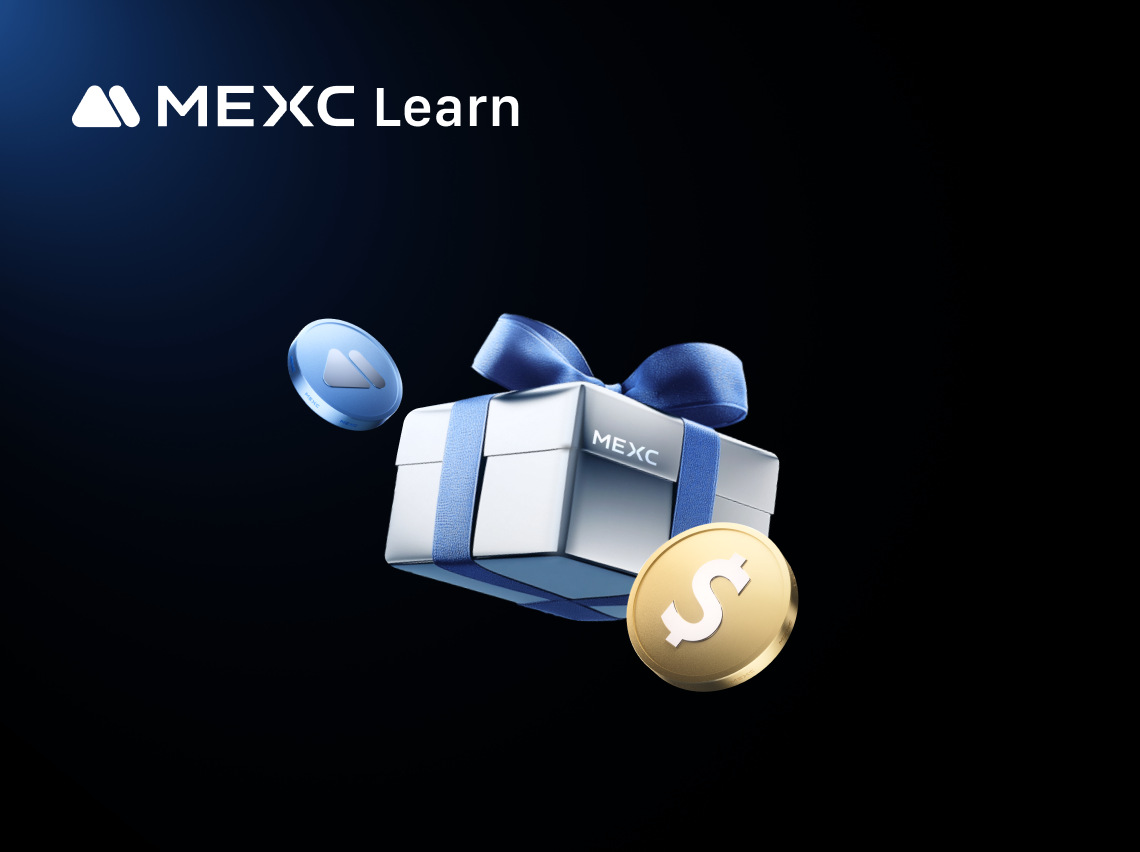
BOB (BOB) Price Updates: Latest Market Movements and Cryptocurrency Trading Insights
Staying updated with the latest price updates of BOB (BOB) helps crypto traders and investors monitor market shifts, track cryptocurrency volatility, and make timely investment decisions in the crypto
Trending News
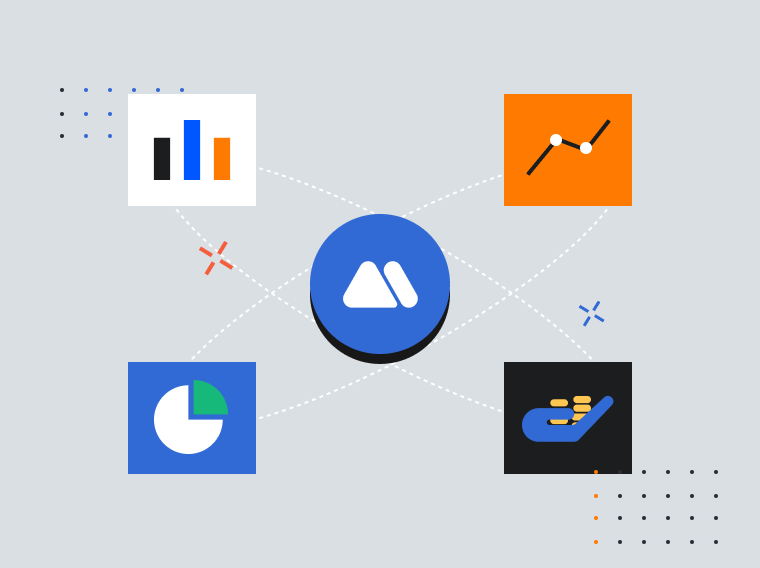
U.S. CFTC Scraps Outdated Crypto Market Rules
The post U.S. CFTC Scraps Outdated Crypto Market Rules appeared on BitcoinEthereumNews.com. Old guidance on digital assets has now been eliminated by the Commodity

OSL Group Unveils USDGO Stablecoin in 2025: Revolutionising Institutional Payments
The OSL Group announced the launch of USDGO which functions as a US dollar-backed stablecoin through its partnership with the Solana blockchain network. The main

SpaceX, BlackRock Shift $296M in Bitcoin: Sell-Off Signal Ahead?
The BTC transfers landed just before the Fed’s rate cut, adding tension to a market already shaken by volatility and macro uncertainty.

Layer Brett Picked As The Best Crypto To Buy Now By Experts Over Pi Coin & VeChain
While Pi Coin (PI) and VeChain (VET) have long been part of the conversation, crypto analysts and early-stage investors are […] The post Layer Brett Picked As The Best Crypto To Buy Now By Experts Ove
Related Articles

What is a Decentralized Exchange?
Based on data from holder.io, the total market capitalization recently reached trillions of dollars. Well-known exchanges such as MEXC, Binance, Coinbase, and others fall under the category of central

What are Smart Contracts?
The concept of smart contracts didn't originally emerge in the context of blockchain, but was defined by computer scientist and expert cryptographer Nick Szabo in 1994 as a series of commitments in di

What is Decentralized Finance (DeFi)?
In 2020, DeFi began to flourish, and in 2021, DeFi Summer ignited the market. In 2022, the total value locked reached a historic high of $219.47 billion. So, what exactly is decentralized finance?1. W

What is ETH 2.0?
ETH 2.0 represents an upgraded version of Ethereum, building upon the initial Ethereum version that debuted in 2015, making the platform now 8 years old.The most notable distinction between ETH 2.0 an

